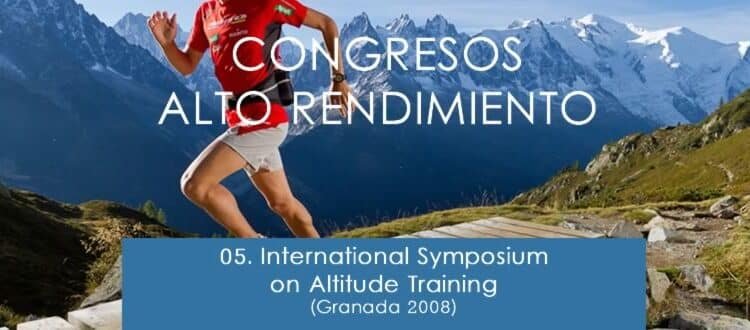Hematologic response to three weeks of intermittent hypobaric hypoxia in highly trained athletes and triathletes
1. Objetivo
One of the main features of acclimatization to altitude is an increase in hemoglobin, which is responsible for improving work capacity by increasing the oxygen-carrying capacity of the blood. Short-term intermittent hypobaric hypoxia (IHH) protocols (1’5-3h/day for 2-3 weeks) have been shown to elicit acclimatization and hematologic adaptations in mountaineers and physically active individuals (Rodriguez et al, 2000, 2002). IHH (4000-5500 m, 3 h/day, 5 days/week over 4 weeks) stimulates endogenous Epo secretion without producing the subsequent erythropoietic response in highly trained athletes, in contrast to its effects in climbers and in active, healthy individuals (Abellán et al, 2005). The objective of this study is to determine the changes in hematologic response, after 3 weeks of exposure to IHH.
2. Method
4 groups of 8 people (n=32) were used in the study. 2 groups were highly trained athletes and triathletes, only one group performing IHH, (simulated 4000 m, GO2Altitude®, Hipoxicator System, Biomedtech, Australia, 1h/day, 7 days/week over 3 weeks). 2 groups of physically active people, only one group performing IHH, (4000 m, 1 h/day, 7 days/week over 3 weeks). Twice a week, a complete blood analysis was performed to all subjects. The parameters studied were: red cells, hemoglobin, hematocrit, reticulocytes (%), EPO, iron and ferritin.
3. Results
In the group of physically active people using the IHH protocol, there is a tendency to improve all values (mean 7%, EPO 12%). In the group of highly trained athletes and triathletes using the IHH protocol, improve all values (mean 4’4% %, EPO 15’9%. There are significant differences among groups of highly trained athletes and triathletes using IHH (EPO=12,22±4,42; reticulocytes 1,42±0,44 %) and the group that did not used IHH (EPO=7,89±2,39; reticulocytes=1,18±0,36%), after 3 weeks of exposure to IHH.
4. Conclusion
The HHI is a good system stimulus for the production of Erythropoietin and the values derived haematologically [EPO and reticulocytes (%)], in highly trained athletes and triathletes.






